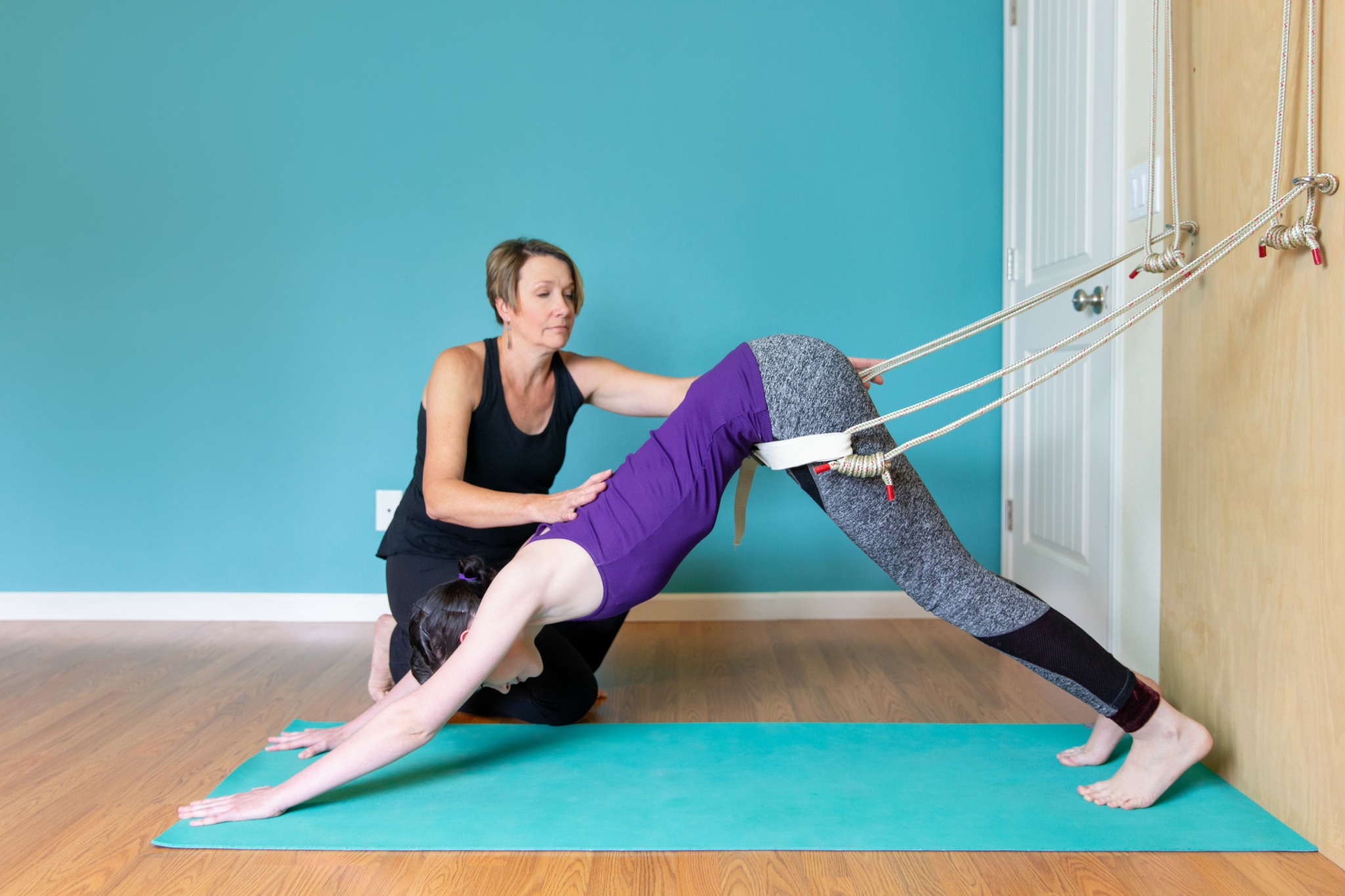We caught up with the brilliant and insightful Alicia Cuglietta a few weeks ago and have shared our conversation below.
Hi Alicia, thanks for joining us today. Setting up an independent practice is a daunting endeavor. Can you talk to us about what it was like for you – what were some of the main steps, challenges, etc.
I began my yoga teaching journey in 2002. I received my first certification at a training at an ashram in Austin, Texas. I taught the mainstream style of Vinyasa Flow for many years at various studios, gyms, and other venues. After opening my own studio in 2008, the stress and financial burden, combined with teaching the same classes over and over, left me feeling burned out. Rote classes did not feed my creative tendencies, and trying to pay the bills with yoga proved to be difficult if not impossible. When the crash hit and many students apologetically left the studio to take yoga within their gym memberships, I sold the studio to a dedicated student.
It was during this time that I believed I no longer loved yoga, but I soon realized I missed it like I would miss my arm. I needed to find a new path. During my years teaching, many students had come to me and shared how practicing yoga had helped their anxiety and back pain, and several more had asked for private one-on-one sessions with me for their particular needs. Reflecting on all of this while on sabbatical, I realized that yoga, when applied specifically, can be beneficial for health conditions. Yoga therapy trainings began to emerge here and there, and I decided to become a yoga therapist. I found a training broken into modules I could attend while still raising my family, enrolled, and I haven’t looked back.
In 2013, I established my private practice, specializing in yoga therapy for back pain. After a heartbreaking experience with my military son, whose panic attack I witnessed at a fireworks display, I added trauma-informed to my yoga therapist credentials. It was in 2020 that I became obsessed with the pelvic floor. Anxiety and back pain play significant roles in pelvic floor disorders, so I found my true calling.
Yoga therapy is a challenging field for two reasons. First, as the joke goes in the yoga therapist community, we chose the most difficult job: changing people’s habits. Though we don’t change anyone’s anything, it is our job to help them recognize their patterns and behaviors and how they contribute to their condition, whether it be movement or lack of movement in their body, dysregulation in their breath, or negative thought patterns, etc. all while teaching them wellness practices to help them heal.
The second challenge is marketing. Distinguishing between a yoga class and a yoga therapy session can be confusing for most. The former is generally a group exercise class, and the latter a personalized, whole-person therapeutic approach to healing through movement and mindfulness. For me, marketing first must include education about what yoga therapy is and its benefits for individuals suffering from various ailments or injuries.
My business comes from word of mouth, followed by networking with other wellness professionals within my field. Joining meetup groups and discussing my work with women has also proven successful.
Operating your own practice requires ongoing effort and dedication. My advice is to find other professionals whose work resonates with yours and to reach out to them. Then follow up. Often. Sometimes it takes two or three emails or phone calls before connecting with a like-minded colleague. Once you make a connection, keep it. I find reasons to touch base quarterly, including updates on any new offerings I have, and a card during the holidays.
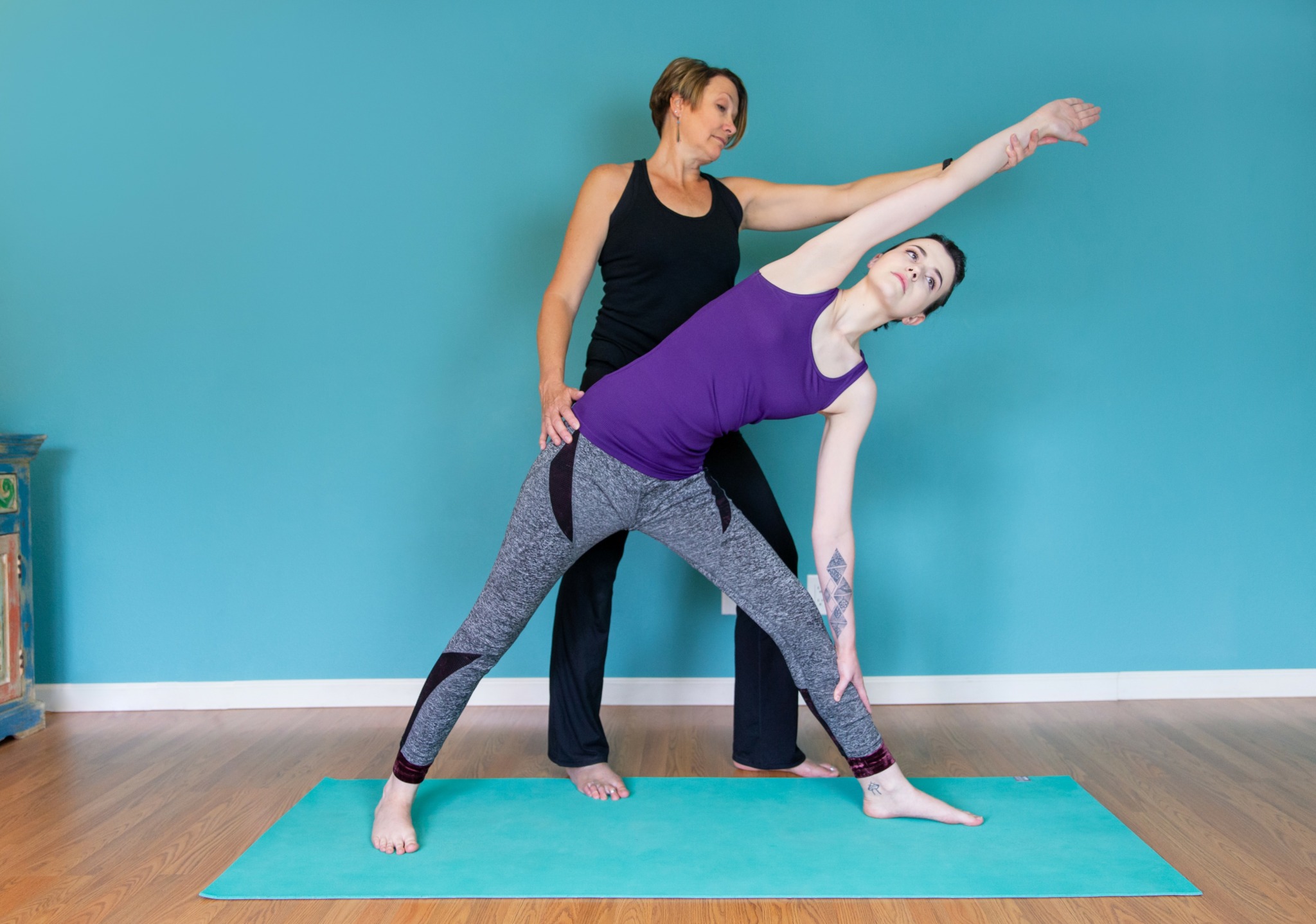
Great, appreciate you sharing that with us. Before we ask you to share more of your insights, can you take a moment to introduce yourself and how you got to where you are today to our readers.
As a pelvic floor yoga therapist, I help women and those identifying as women with pelvic floor concerns, including (but not limited to) incontinence, muscle imbalances, and pelvic pain conditions. Anxiety is often present with pelvic floor dysfunction and is addressed as well.
Sessions include gentle movement, breathing techniques, guided relaxation/imagery, and mindfulness/meditative practices. Strengthening protocols and breath/movement coordination are employed to restore balance to this vital muscle group and the whole person.
How we think, what we worry about, and where we hold tension in our bodies all play a role in our pelvic health. Learning to identify habits, behaviors, muscle imbalances, and other issues that might be contributing to our symptoms helps us heal.

Have you ever had to pivot?
In 2022, I experienced a traumatic divorce, followed a month later by COVID-19. Pivoting at this time in my life meant transitioning from a part-time yoga teaching hobby that fed my soul into a career that would support me. Having spent the better part of my life raising my family until that point, it was frightening.
COVID kept us from teaching in person, so I enrolled in my next certification, pelvic floor yoga. I hired a business coach who also happened to be a yoga therapist, and she taught me the ins and outs of getting my business afloat and staying there.
Both endeavors kept me busy and learning, and empowered me to fully step into my new life and my role as a yoga therapist.

If you could go back in time, do you think you would have chosen a different profession or specialty?
Personally, my yoga practice has gotten me through some of the most difficult times of my life, from injury and pain to heartbreak and trauma. It’s there when I need it. All I have to do is roll out my mat.
Professionally, I’ve witnessed how the practices have helped so many of my clients on their paths to healing and improved their quality of life.
I would choose the same profession again in a heartbeat.
Contact Info:
- Website: https://www.AliciaCugliettaYoga.com
- Instagram: https://www.instagram.com/alicia_cuglietta_yoga/
- Facebook: https://www.facebook.com/AliciaCugliettaYoga
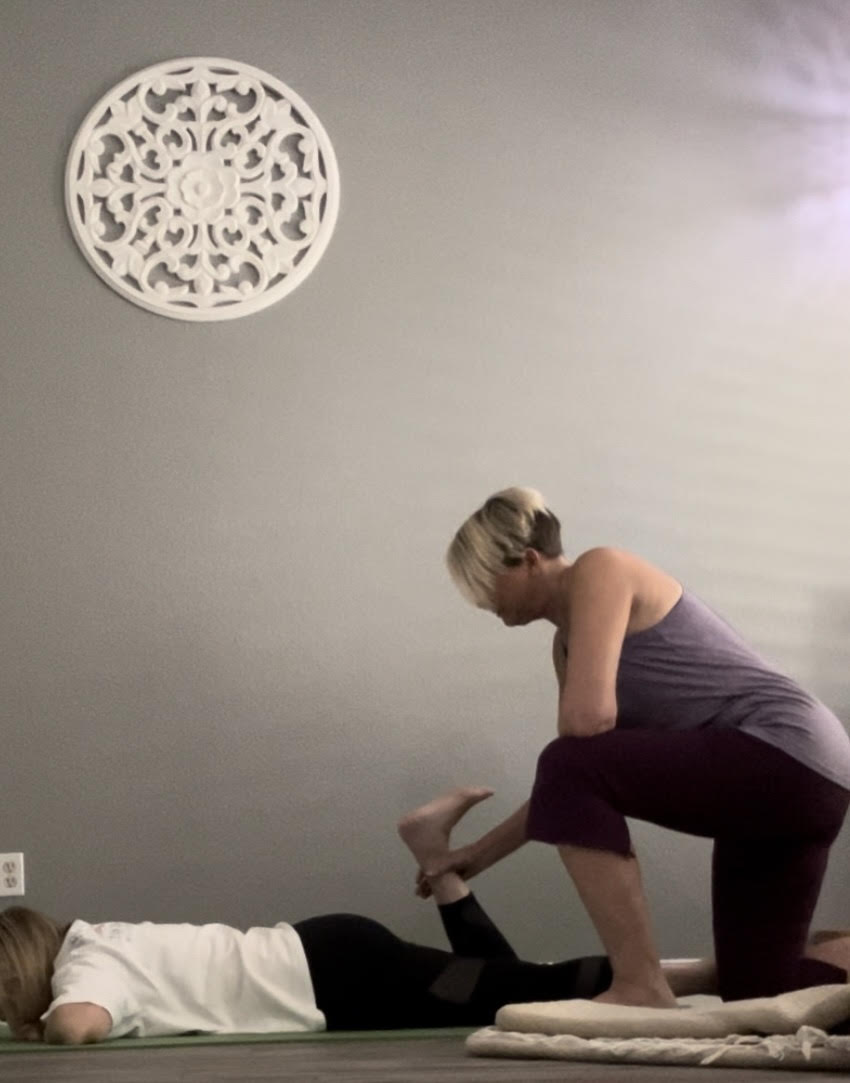
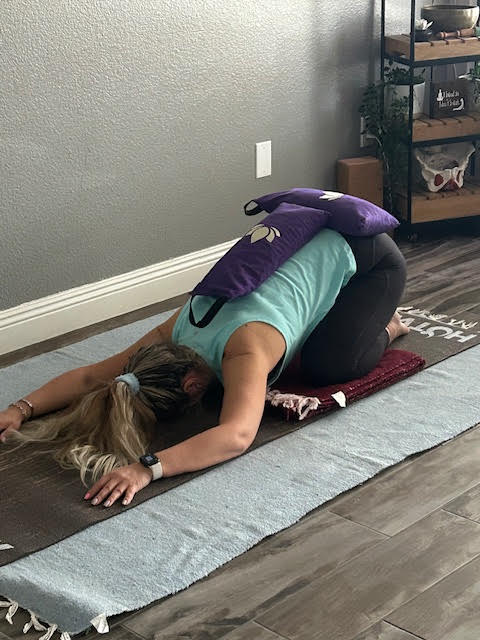
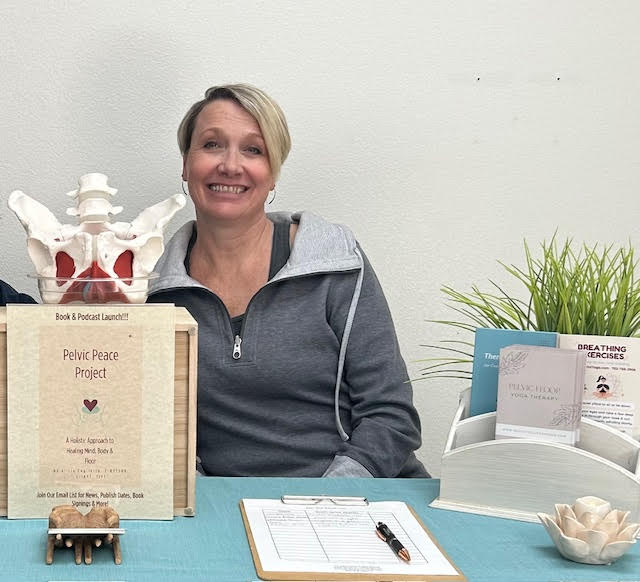
Image Credits
Ashley Flaig Photography


